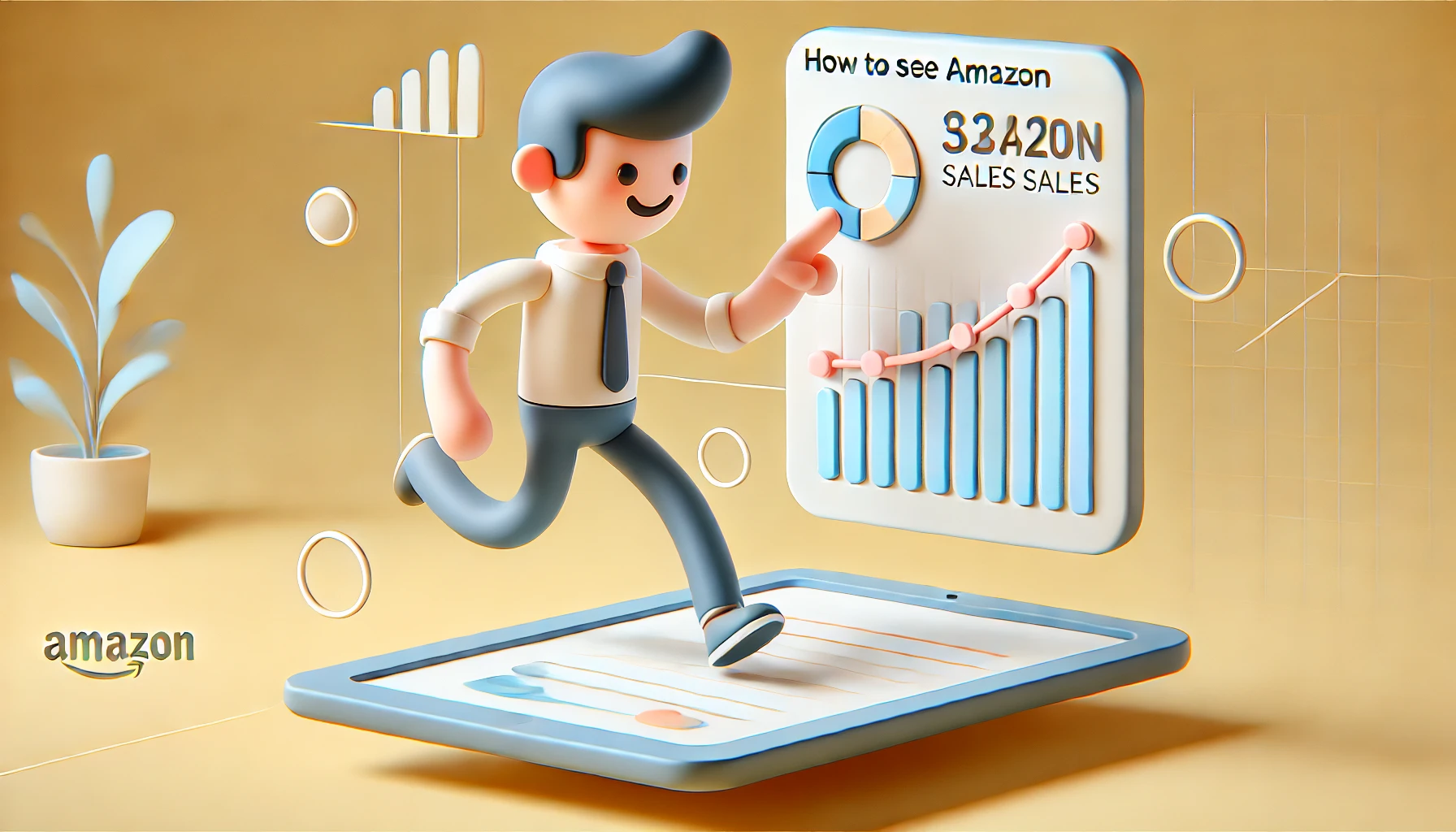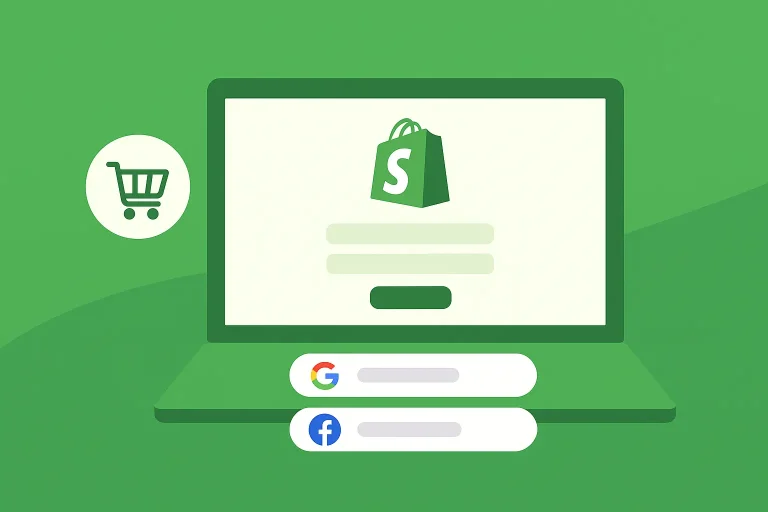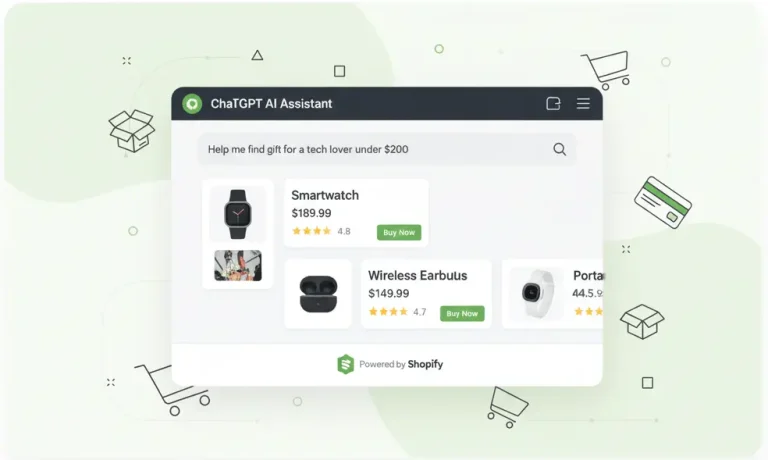Social Media
Entering the world of e-commerce successfully often involves selling on one of the world’s largest marketplaces, like Amazon. Selling on Amazon allows you to reach millions of potential customers, but starting off on the right foot requires careful attention to several steps. In this guide, we’ll explore the fundamental steps for those looking to start selling on Amazon.
1. Choose the Right Account Type
To sell on Amazon, you first need to create a seller account.
- Individual Seller Account: Suitable for those planning to sell fewer than 40 items per month. A per-item fee is charged.
- Professional Seller Account: Ideal for higher-volume sellers, offering a fixed monthly fee. Professional accounts include additional benefits such as access to ads and various analytical tools.
2. Select the Right Products
Choosing the right products is crucial for success on Amazon. To do this:
- Research trends and high-demand categories.
- Focus on low-competition, high-demand niche products.
- Check Amazon’s Best Sellers and Movers & Shakers lists.

3. Register and List Your Products on Amazon
To start selling your products, you need to list them on Amazon’s platform. Key points to consider while listing:
- Write clear and compelling product titles.
- Create an SEO-friendly product description using relevant keywords.
- Add high-quality and attractive images.
- Set a competitive price.
4. Decide on Logistics and Shipping Options
Amazon offers two main logistics options for sellers:
- FBM (Fulfillment by Merchant): You handle all storage, packaging, and shipping yourself.
- FBA (Fulfillment by Amazon): Utilize Amazon’s logistics infrastructure to manage storage, packaging, and shipping. This option helps you reach Prime customers more easily.
5. Develop a Marketing and Advertising Strategy
An effective advertising strategy is essential for successful sales on Amazon:
- Sponsored Product Ads: Ads that directly promote your products.
- Amazon DSP (Display Ads): Helps you reach a broader audience.
- Coupons and Promotions: A great way to attract customer attention.
6. Analyze Your Sales Performance
Amazon’s Seller Central platform is a vital tool for tracking your sales and customer feedback. To improve your sales performance, focus on:
- Optimizing listings for low-performing products.
- Actively responding to customer reviews and questions.
7. Manage Legal and Financial Matters
When starting on Amazon, be mindful of tax regulations and Amazon’s service fees. Ensure compliance with local and international sales rules.
Starting to sell on Amazon can help you create an effective revenue model with the right steps and strategies. By following this guide, you can integrate your business into the Amazon ecosystem and become a successful seller on one of the world’s largest e-commerce platforms.
To learn more about the services provided by Marker Groupe, you can contact us through our website MarkerGroupe.com or via email at hello@markergroupe.com .




